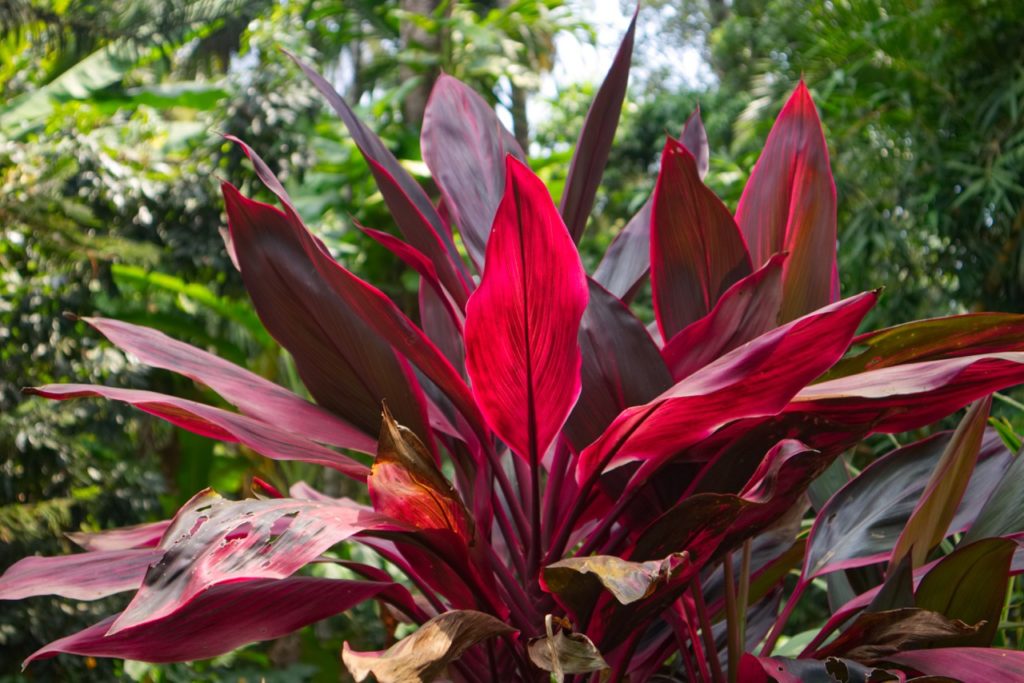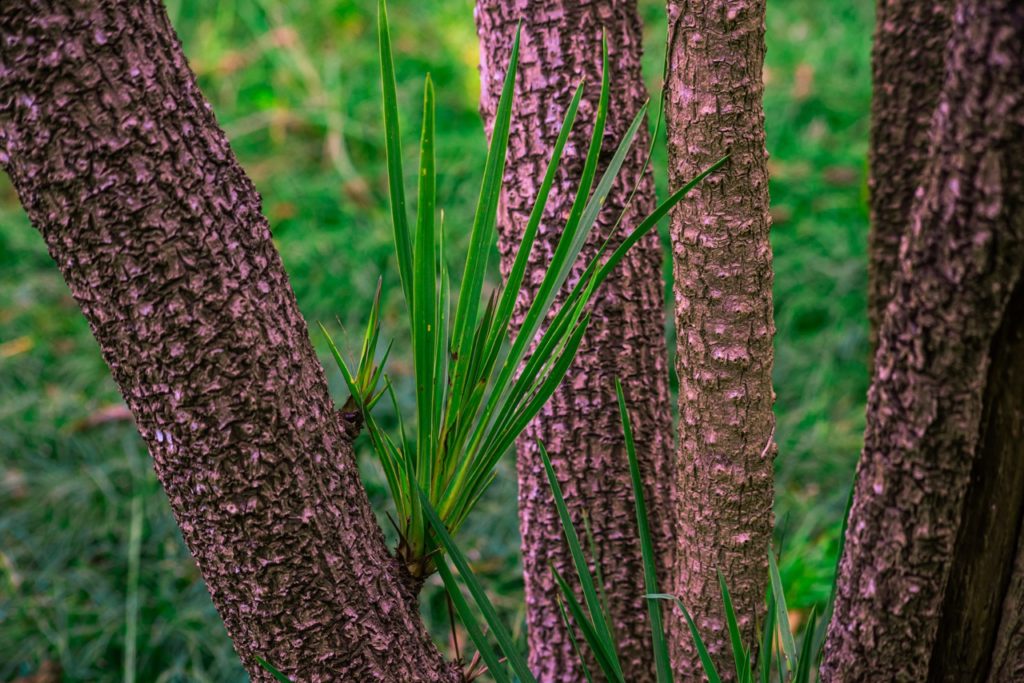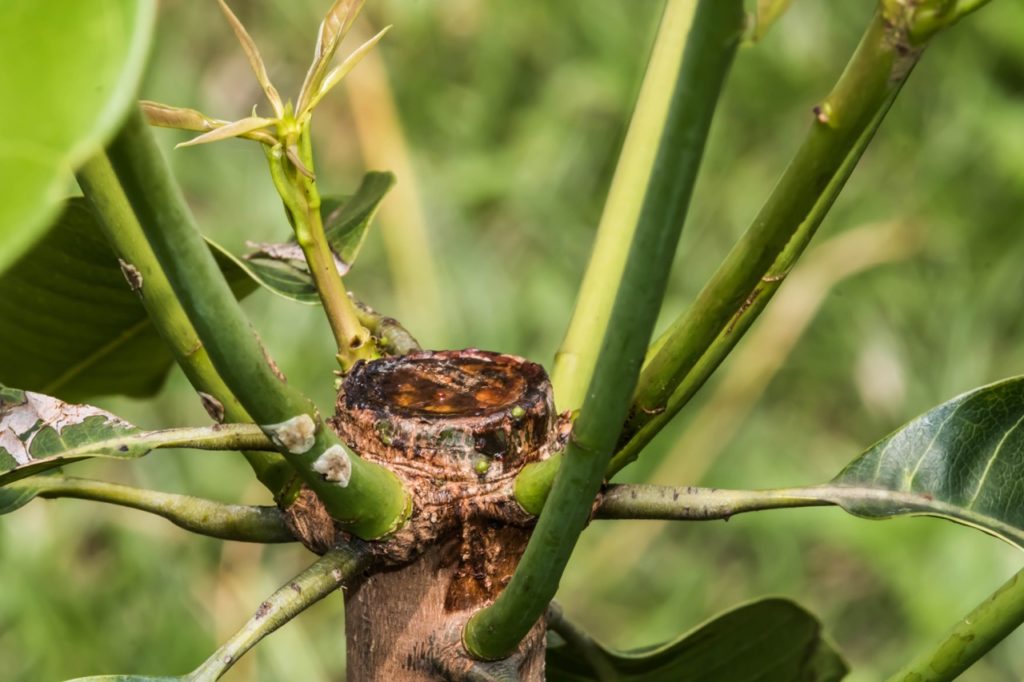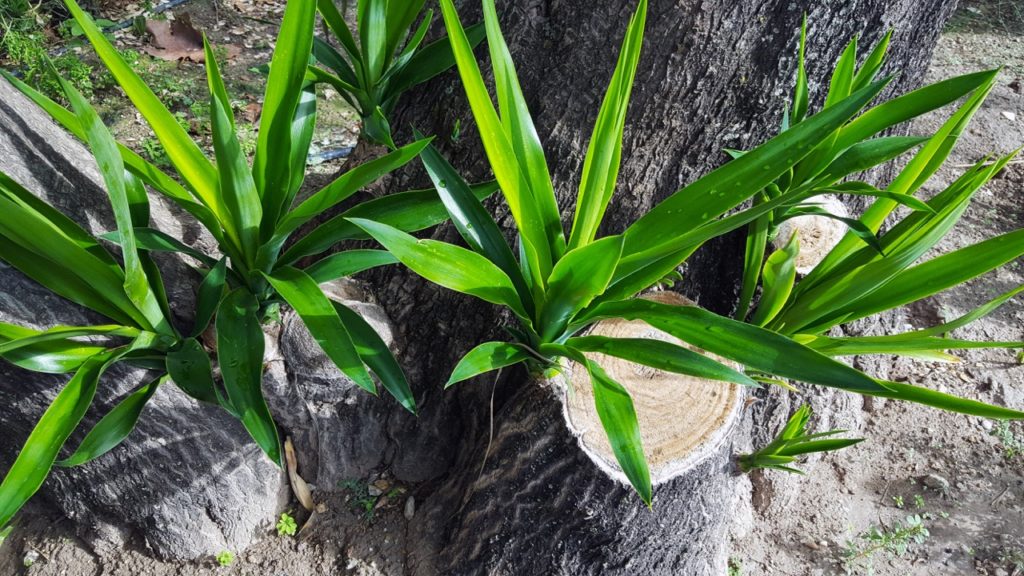Pruning Cordyline: ‘Cut Half A Metre Below The Size You Want The Plant To Regrow To’

Reviewed By PETER LICKORISH

Peter is a Horticulture Lecturer and self-employed Horticulturist, with a passion for diverse areas of the industry - from garden design to the science behind plant growth and propagation. He has completed the Royal Horticultural Society’s Master of Horticulture (MHort) Award and lectures on RHS courses at Bedford College.
CORDYLINE GUIDES
Container Growing
Leaves Changing Colour
Overwintering
Propagation
Pruning
Revival
Varieties
Whether or not you need to prune your cordyline plant depends entirely on the variety you are growing and whether it is a smaller container-grown specimen or a larger cultivar growing outside.
The smaller varieties that are usually grown as container plants do not need to be pruned.
For one thing, they grow very slowly – and for another, they have a fine habit and display a naturally balanced form.
However, you can choose to lightly and judiciously prune varieties of some of these species, including Cordyline fruticosa, for the desired shape.
Larger specimens might need more hard pruning to keep their desired shape over time.
| Difficulty | Medium-Hard |
| Equipment Required | Gardening gloves, secateurs, pruning shears/saw |
| When To Prune | April-May |
Pruning For Aesthetics
Regardless of the size of the cordyline, those varieties that have a radial form with sword-shaped leaves hang on to brown, withered leaves.
Simply pull off this type of old foliage to keep the plant in good trim.
Leaves should come off easily enough, but with an immature plant, as you pull off leaves with one hand, steady it with the other.
The larger, open-ground varieties can be pruned severely if you wish.

The first rule is, if it’s lop-sided, lop-off!
In other words, if the little tree has grown crooked, the trunk has a bend or it has put out awkward branches, prune it.
The tree can be cut down at the point where the main stem or trunk is aesthetic and upright.
Awkward branches are pruned at their attachments.
Depending on the thickness and maturity of the branches, you may use pruning shears, anvil loppers or a pruning saw.
Why Hard Pruning?
Cordylines trees grow quite tall with a head of those strappy leaves up high that can end up looking straggly and awkward.
You can reboot this plant by pollarding and cutting down the cordyline to your desired height, as low as 25cm in favourable conditions, and it’ll bounce back without skipping a beat.
“Single-stem cordylines can, through careful pruning, be encouraged to branch at an appropriate height,” shares Horticulturist Peter Lickorish.
“Pruning to just above head-height is a good option if you’re hoping to plant underneath.”

Depending on the size of the cordyline and the width of its trunk or main stem, you will need an axe or a pruning saw.
If it is a young plant and the point at which you want to cut the incipient, undeveloped trunk is just under one inch thick, then you can use anvil loppers.
Depending on the height of the cordyline and its weight you may need helpers and ropes.
Do not attempt to cut a 6m tall cordyline by yourself unless you have the skills and experience.
How To Hard Prune Cordyline
Branches that are around your height or shorter can be cut in stages, working down the branch, to make them more manageable.
Anything larger is probably going to need professional help.
When cutting thick branches, remember that pruning saws may jam inside the wood.
Use an axe to open up branches as you slice through or make a flat cut part-way through the wood and another sloped cut a few centimetres above to remove a wedge.

This will open the wood more and prevent the saw from jamming.
The final lowest cut, at the desired height, should slope slightly to drain and needs to be as clean as possible.
Removing the weight of the upper growth will reduce the risk of this cut tearing.
Afterwards, water the tree and fertilise it judiciously, keeping well away from the roots.

As the rebooted cordyline starts to regrow, it will put out several shoots.
Remove the ones close to the base and watch the others.
After some time, select a leader to your liking with 2-3 side shoots and prune the rest away.
As the tree regrows, continue pruning unwanted side-growths during months of active growth, avoiding autumn and winter, to achieve the desired form and shape.
“When pruning cordylines, you need to remember that the regrowth will be in the form of one or more heads of leaves which can become fairly tall themselves,” adds Peter.
“Pruning cuts must therefore be at least half a metre below the size you want the plant to regrow to.”

